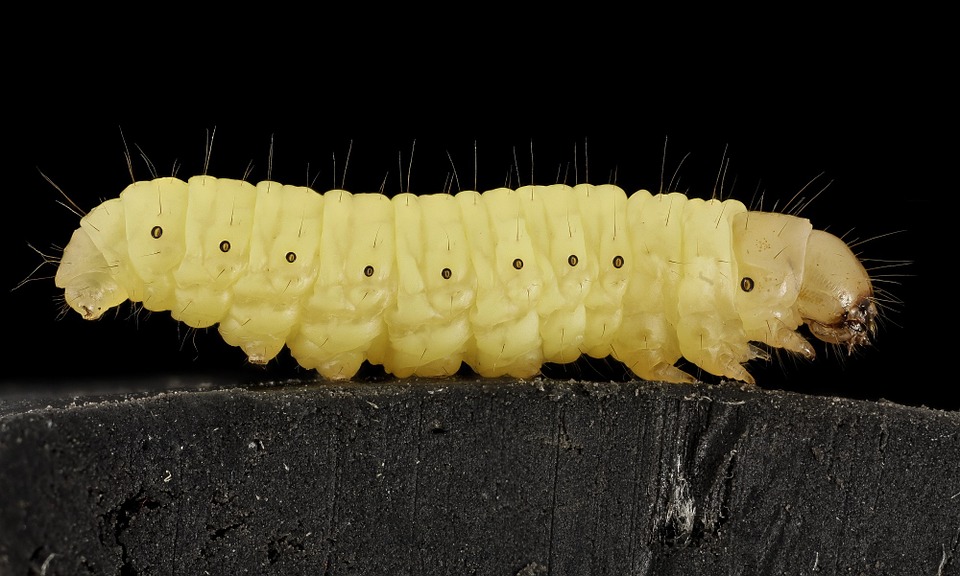
A few recent studies have found the wax worms to be diversely beneficial. And their raising method is no rocket science! In fact, with a little care and proper guidance, you can have your small home-based farm.
An Introduction to These Worms
A wax worm is the caterpillar larva of a full-grown wax moth. They feed on cocoons, dead bee skins, beeswax, etc. If you didn’t know, these larvae produce silk too. It’s a part of their lifecycle.
How to Raise Them?
No matter where you are, Europe, America, or Asia, you can raise wax worms for this species. Just keep the necessary pieces of equipment handy, and you are good to go.
Build the House
Contrary to how it seems, building the house for your warms is not that difficult. All you need is a metal or glass container. Now, to begin with, if you think 50 worms will be good enough, then buy or use a 1-gallon jar. Basically, 75-100 worms can be added per 100g of bedding on average. Just ensure the container material is neither cardboard nor thin plastic but something sturdy.
Create the Base
Your next job is to create a base or substrate. In case you have no idea what a substrate is, it is the material used on the bottom of your jar. It largely contributes to developing the environment for the worms and also impacts their well-being.
For example, the substrate in an aquarium helps maintain the chemical balance in the water, adding an aesthetic appeal.
You can design your wax worm substrate in the following manner:
- Create a layer of wheat germ, uncooked oatmeal, or bran; the layer should be as thick as 1 inch.
- Pour honey on it. The aim is to create a paste that is compact enough. It cannot be pulpy or sappy. You may also use corn syrup as a replacement for honey.
- Let it dry up completely, and then place it on the jar bottom.
- Finally, you can cover the jar with some soft fabric, like muslin cotton or cheesecloth.
Nurture the Babies
Once you are done prepping the jar base, it’s time to keep a check on them. Thumb rule—don’t let direct sunlight hit the larvae. Rather, store the container in a dark place with sufficient ventilation. Remove the dead worms from time to time to maintain a healthy ambiance inside. Remember, the culture would thrive best at room temperatures, but to make them grow in larger sizes and at a faster pace, keep it between 82° and 90°F.
The Diet
Interestingly, these worms do eat plastic, and they are being called the live plastic recyclers. But in case you haven’t built an edible substrate, you can give them bran, grains, and honey. Another fact is, in cool temperatures, these worms have the capacity to live long without any food.
Farming wax worms can become a profitable business for their multipurpose usefulness, including being served as feeder insects to different reptiles. And you never know, putting effort into one amateurish wax worm culture can open new futuristic avenues in your career.
